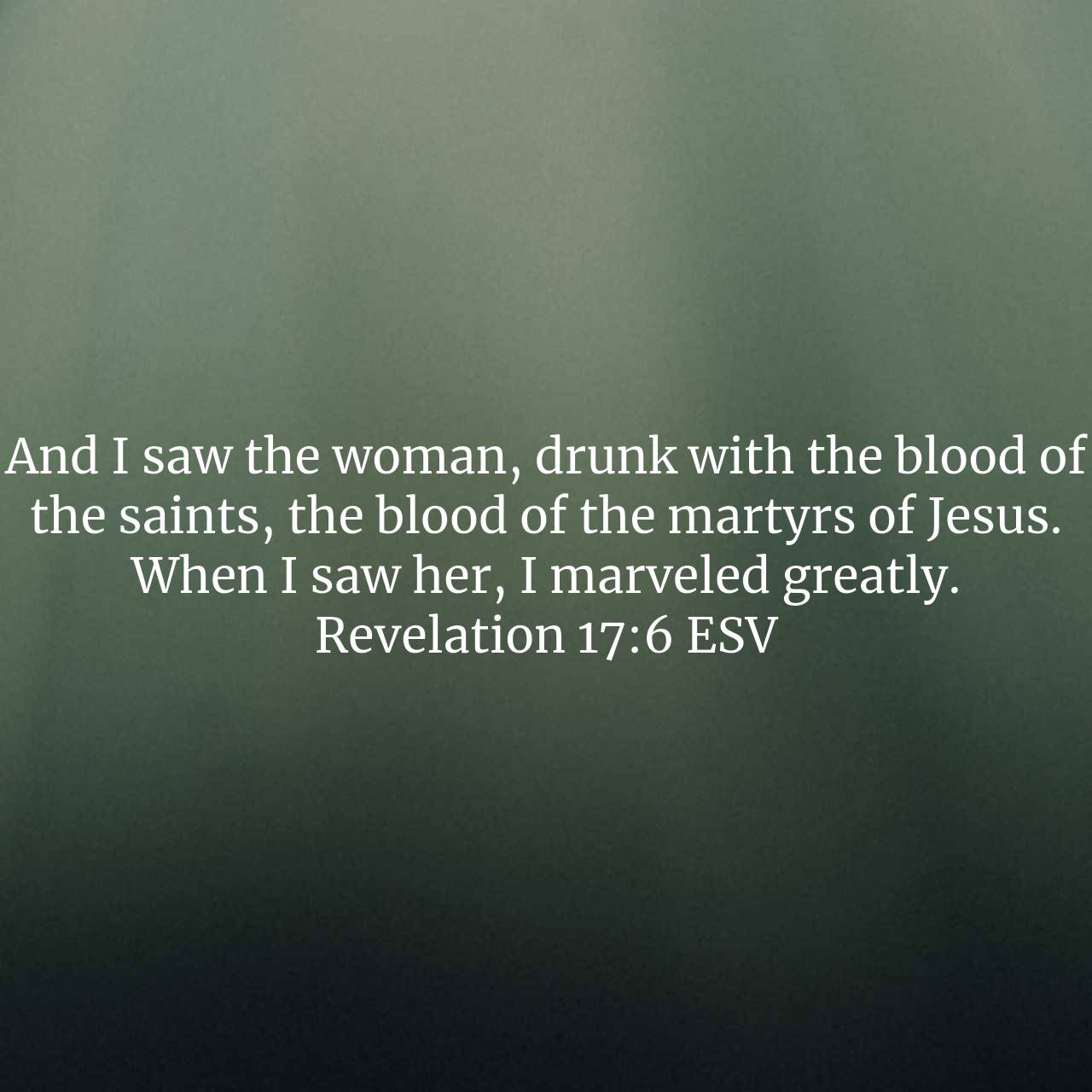Devotional 16 April 2025

Revelation 17 marks a shift in John’s vision—from plagues and bowls to persons and places. The imagery deepens as we are introduced to two symbolic women, each representing a city and a spiritual reality.
The first woman is called Babylon the Great, the mother of prostitutes. We’ve already seen clues that Babylon is a code name for Old Jerusalem. Jesus Himself had warned that the blood of all the prophets would be required of that generation (Matthew 23:34–36), and here John sees her drunk with the blood of the saints. This vision draws directly from the imagery of the previous bowl judgments, where God’s wrath is poured out for the blood shed by those who rejected His messengers.
This woman sits on a beast—symbolizing the Roman Empire. It’s a stark picture: Jerusalem, once the city of God, has allied herself with worldly power. Her betrayal is not just political but deeply spiritual. She has abandoned her covenant role and become, in God’s eyes, a harlot.
This image sets the stage for the contrast John will unfold. The second woman—the Bride of Christ, the New Jerusalem—is everything the first is not: pure, faithful, adorned for her husband (Revelation 21:2). Where one sheds the blood of saints, the other is built upon their testimony.
God takes unfaithfulness seriously. The prostitute on the beast reminds us that when the people of God embrace idolatry and ally themselves with the powers of the world, judgment follows. Yet, even in judgment, God is preparing a Bride—a faithful people who will dwell with Him forever. Revelation asks: to which city do you belong?